Hewlett Packard Agilent, also known as Agilent Technologies, is a renowned company that has made significant contributions to the fields of communications, electronics, and life sciences. This article will delve into the history of Hewlett Packard Agilent, its evolution as an independent company, and its current focus on high-growth areas in the life sciences and diagnostics industries.
- A Brief History
-
Key Milestones
- 2000: Becoming an Independent Company
- 2001: Expansion and Acquisitions
- 2002: Recognition and Product Portfolio Expansion
- 2003: Advancements in Genomics and Miniature Camera Modules
- 2004: Informatics and Software Solutions
- 2005: Leadership Transitions and Market Expansion
- 2006: Advancements in Analytical Instruments and Signal Analysis
- 2007: Expansion in Life Science Research and Diagnostics
- 2008: Accurate-Mass Liquid Chromatography/Mass Spectrometer
- 2009: Investor Services and Ownership
A Brief History
Following its successful initial public offering (IPO) in 1999, Agilent Technologies became a fully independent company in June 2000. It was previously a division of Hewlett Packard (HP) but was spun off to focus on key markets in communications, electronics, and life sciences.
Agilent Technologies quickly established itself as an industry leader and became the number one global player in the test and measurement market. However, the company also faced challenges in some of its businesses.
Despite these challenges, Agilent Technologies overcame them and redefined its focus. Today, the company primarily operates in high-growth areas, including the life sciences, diagnostics, and genomics sectors. Agilent Technologies is dedicated to delivering innovative solutions in analytical and clinical laboratory technologies, empowering scientists and researchers to make groundbreaking discoveries.
Agilent Technologies offers a comprehensive range of solutions, including instruments, software, services, and expertise. These solutions provide trusted answers to the most challenging questions in the scientific community.
 Hp business analyst: a comprehensive guide for career success
Hp business analyst: a comprehensive guide for career successKey Milestones
2000: Becoming an Independent Company
On June 2, 2000, Agilent Technologies became a fully independent company after HP distributed its Agilent shares to HP shareholders. This marked the beginning of Agilent's journey as a standalone entity.
During this time, Agilent introduced the Photonic Switching Platform, which accelerated the development of all-optical networks. The company achieved a net revenue of $8 billion and employed 47,000 individuals.
2001: Expansion and Acquisitions
In 2001, Agilent Technologies made significant strides in expanding its business and capabilities. The company acquired Objective System Integrators Inc. (OSI), enabling Agilent to provide complete solutions to service providers in the telecommunications industry.
Additionally, Philips acquired Agilent Technologies' Healthcare Solutions Group, further enhancing Agilent's position in the healthcare sector. The company achieved a net revenue of $4 billion and employed 37,000 individuals.
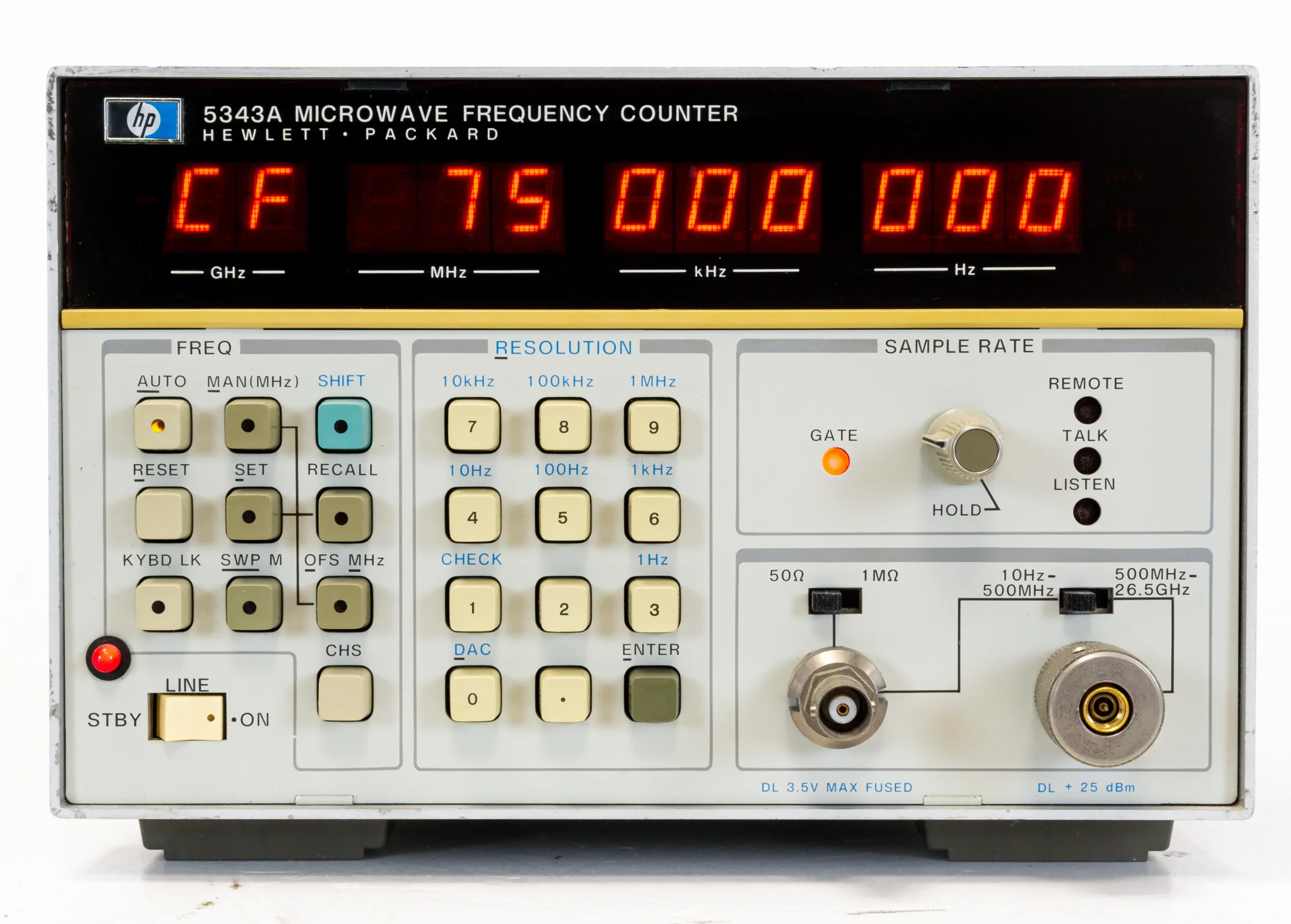
 Become an hp authorized distributor: step-by-step guide
Become an hp authorized distributor: step-by-step guide2002: Recognition and Product Portfolio Expansion
In 2002, Agilent Technologies received recognition for its success by being listed on Fortune magazine's list of the top 500 U.S. companies, ranking at No. 21This acknowledgment highlighted Agilent's growing influence and prominence in the industry.
Agilent also expanded its product portfolio by acquiring RedSwitch, which added expertise in InfiniBand and RapidIO technologies. The company achieved a net revenue of $4 billion and employed 37,000 individuals.
2003: Advancements in Genomics and Miniature Camera Modules
In 2003, Agilent Technologies made significant advancements in the field of genomics. The company shipped its first whole human genome on a single microarray to gene expression customers for evaluation. This breakthrough allowed for more comprehensive and precise identification of genetic alterations contributing to cancer and developmental disorders.
Agilent also introduced miniature camera modules for camera-enabled mobile phones, further expanding its product offerings. The company achieved a net revenue of $1 billion and employed 29,000 individuals.
2004: Informatics and Software Solutions
In 2004, Agilent Technologies solidified its position as a market leader in life science informatics by acquiring Silicon Genetics, a leading provider of software solutions for life science discovery. This acquisition positioned Agilent to offer comprehensive genomics data analysis and management tools to researchers and scientists.
 Hp and energy star: leading the way in energy efficiency
Hp and energy star: leading the way in energy efficiencyAgilent also played a crucial role in the Mars Exploration Rovers mission by providing its Visual Engineering Environment (VEE) Pro system-development software. This software facilitated the testing of communication equipment used in the mission.
The company achieved a net revenue of $2 billion and employed 28,000 individuals.
2005: Leadership Transitions and Market Expansion
In 2005, William P. (Bill) Sullivan assumed the role of Agilent President and CEO, succeeding Edward W. (Ned) Barnholt. This transition marked a new chapter in Agilent's leadership and direction.
Agilent expanded its presence in China by forming a joint venture, Chengdu Instruments Division, to develop and manufacture test equipment for the Chinese and global markets. Agilent also established Agilent Technologies China Holding Company Ltd. in Shanghai to consolidate its entities in China.
During this time, Agilent's Semiconductor Products Group was acquired by Kohlberg Kravis Roberts & Co. and Silver Lake Partners. The company achieved a net revenue of $1 billion and employed 21,000 individuals.
 Hp laptop factory reset guide: complete steps for windows 10, 7, and 8
Hp laptop factory reset guide: complete steps for windows 10, 7, and 82006: Advancements in Analytical Instruments and Signal Analysis
In 2006, Agilent Technologies achieved major advancements in mass spectrometry instrumentation, expanding the applications and performance of its systems. These advancements contributed to significant breakthroughs in various scientific fields.
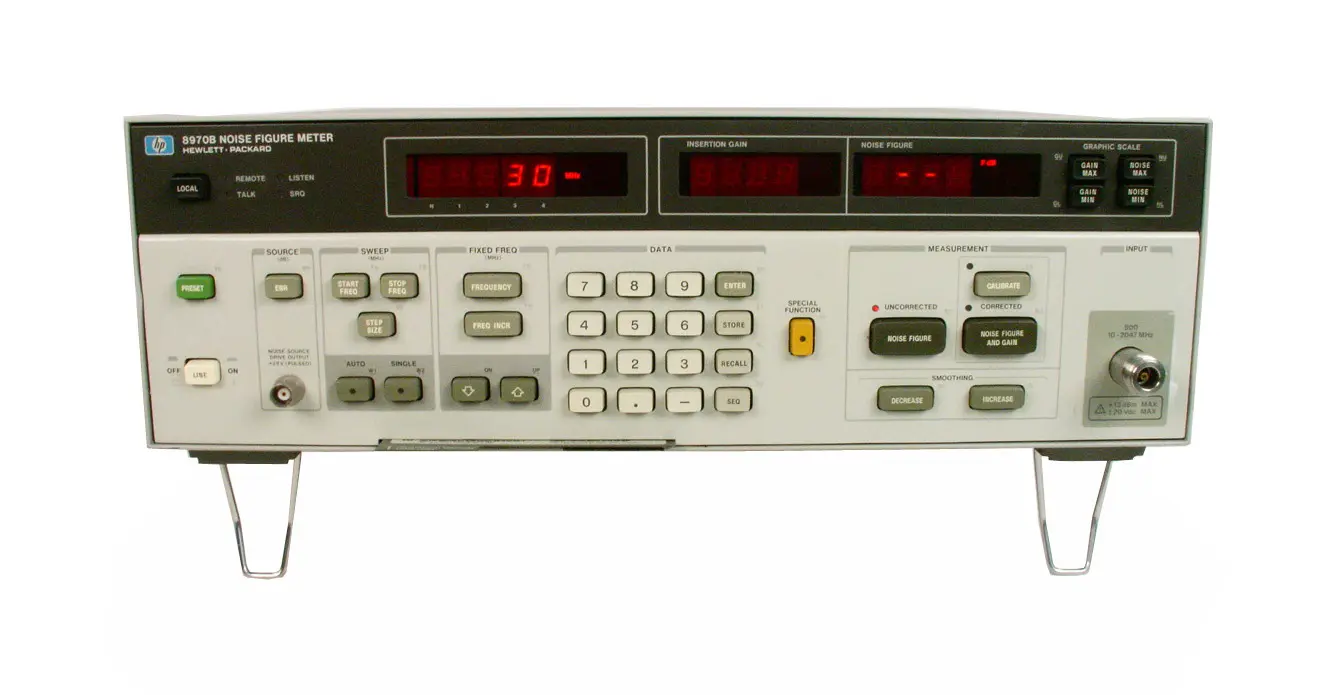
Agilent also introduced the E4898A Bit Error Ratio Tester (BERT), the industry's first tester capable of operating at speeds of up to 100 Gb/s. Additionally, the company launched the MXA signal analysis platform, the fastest signal analyzer in the industry with the highest accuracy of any midrange analyzer.
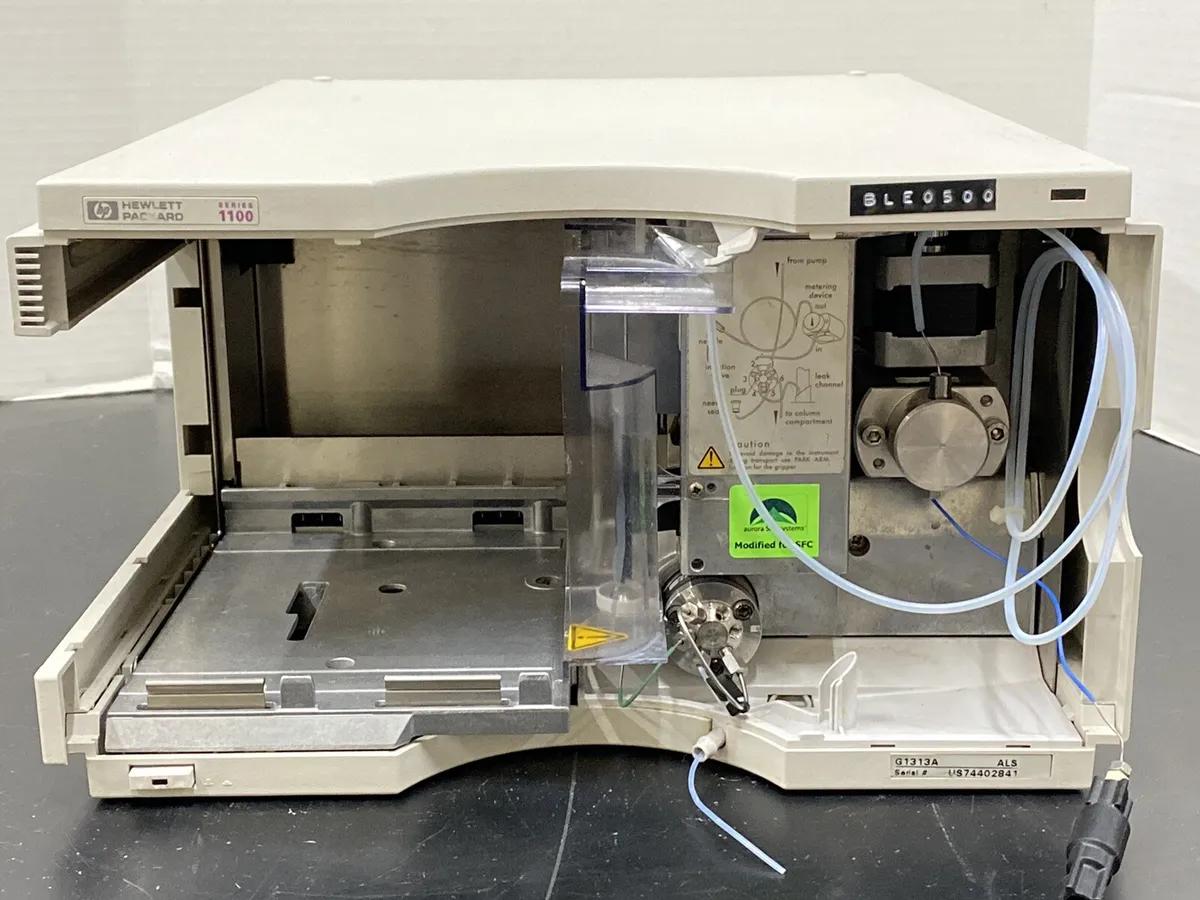
Agilent consolidated its locations in the San Francisco Bay Area into a 55-acre headquarters in Santa Clara, originally built by HP in 196This move exemplified Agilent's commitment to innovation and growth.
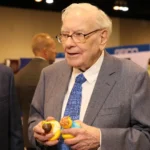 Berkshire hathaway reduces stake in hewlett packard
Berkshire hathaway reduces stake in hewlett packard2007: Expansion in Life Science Research and Diagnostics
In 2007, Agilent Technologies enhanced its position in life science research and diagnostics by acquiring Stratagene, a public company with a worldwide presence. This acquisition expanded Agilent's laboratory automation and informatics capabilities.
The company also introduced the 7890A Gas Chromatograph platform, which revolutionized capillary flow manipulation inside a gas chromatograph oven. This innovation enabled new applications and productivity gains for researchers and scientists.
2008: Accurate-Mass Liquid Chromatography/Mass Spectrometer
In 2008, Agilent Technologies introduced the 6230 Accurate-Mass time-of-flight liquid chromatograph/mass spectrometer (LC/MS) system. This system was capable of detecting and identifying compounds in amounts smaller than two trillionths of a gram, making it a powerful tool in food safety, toxicology, and other measurements where minute amounts of compounds must be identified.
2009: Investor Services and Ownership
Agilent Technologies' transfer agent, Computershare Investor Services, handles stock transfers, address changes, dividend inquiries, and other related matters. It is essential for registered shareholders to maintain current contact information with the transfer agent to avoid the risk of having their shares escheated.
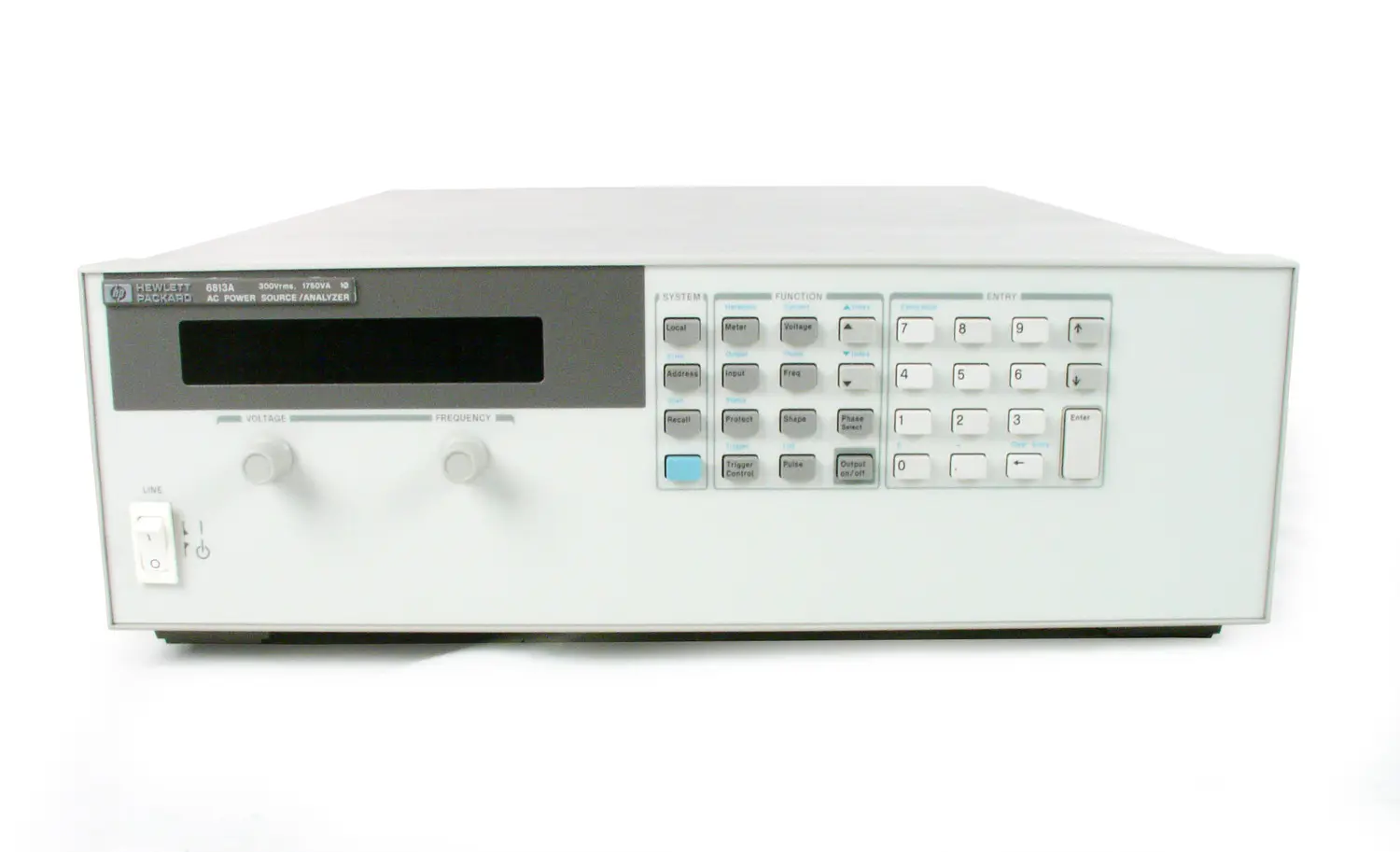
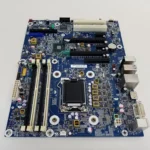 Hewlett packard 1587h: ultimate guide to powerful performance
Hewlett packard 1587h: ultimate guide to powerful performanceInstitutional investors hold a majority ownership of Agilent Technologies, controlling approximately 90.40% of the outstanding shares. Mutual fund holders account for 588% of ownership, while other institutional investors hold 352%. Individual stakeholders hold approximately 58% of the ownership.
Hewlett Packard Agilent, now known as Agilent Technologies, has a rich history of innovation and independence. From its early days as a division of HP to its current position as a global leader in life sciences and diagnostics, Agilent Technologies continues to push the boundaries of scientific discovery.
With its comprehensive range of solutions and expertise, Agilent Technologies empowers scientists and researchers to bring great science to life. The company's dedication to delivering trusted answers to challenging questions has solidified its reputation as an industry leader.
As Agilent Technologies continues to evolve and innovate, it remains committed to making a positive impact on the world through its cutting-edge technologies and solutions.
 Hp calculator manuals: unlocking the full potential
Hp calculator manuals: unlocking the full potential
